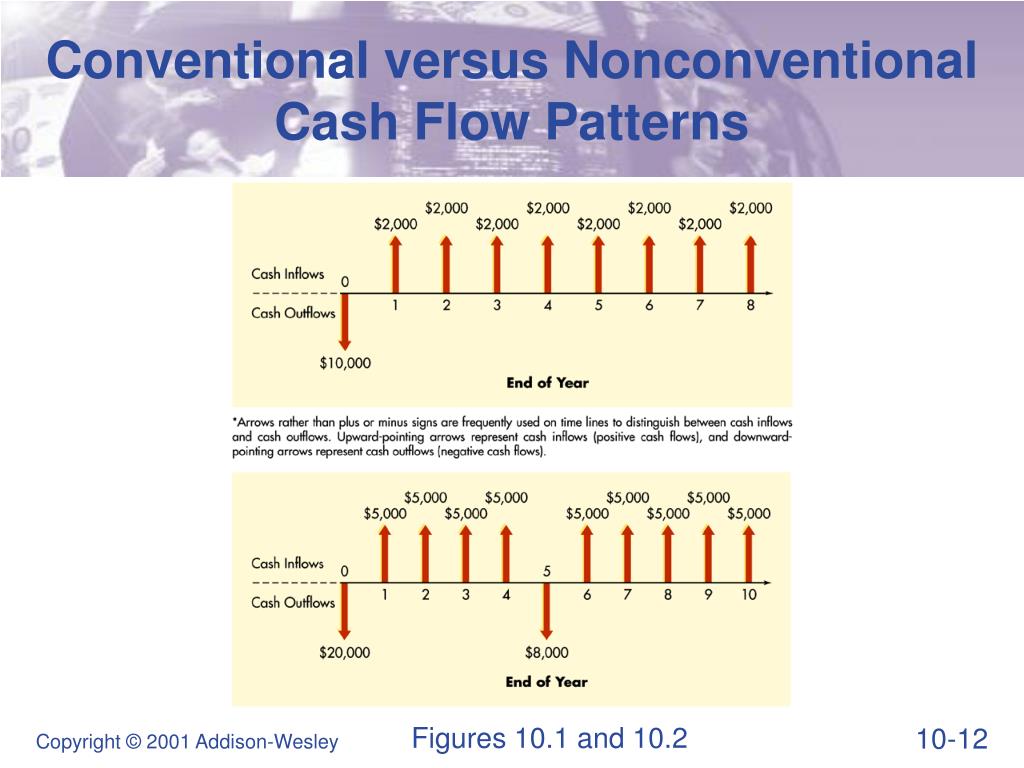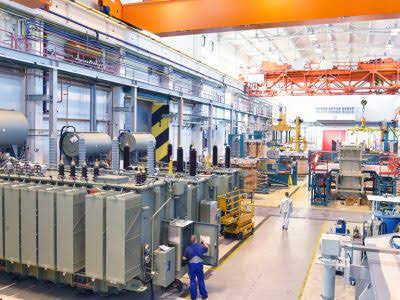However, in case of volatile market, this method may not be able to provide a clear picture. As an economy is crashing, businesses will have to mark down their assets and investments, leading to a snowball effect and additional bankruptcies. Wholesalers use mark to market accounting when they need to adjust the value of their accounts receivable asset.
Mark to Market Accounting: Is it time to bend the rules?
A company that offers discounts to its customers in order to collect quickly on its accounts receivables (AR) will have to mark its AR to a lower value through the use of a contra asset account. The Sarbanes-Oxley Act of 2002 was created in part because of Enron’s fall from grace, along with WorldCom (MCI). The Act promoted a greater degree of financial transparency by instituting a greater degree of regulatory https://fun4child.ru/342-skazka-finist-jasnyjj-sokol-na-anglijjskom-jazyke.html control over companies, their boards of directors, and their accounting practices. Founded in 1993, The Motley Fool is a financial services company dedicated to making the world smarter, happier, and richer. The Motley Fool reaches millions of people every month through our premium investing solutions, free guidance and market analysis on Fool.com, top-rated podcasts, and non-profit The Motley Fool Foundation.
Mark-To-Market Accounting vs. Historical Cost Accounting: What’s the difference?
The Basis for Conclusions section has an extensive explanation of what was intended by the original statement with regards to nonperformance risk (paragraphs C40-C49). It is used primarily to value financial assets and liabilities, which fluctuate in value. In trading and investing, certain securities, such as futures and mutual funds, are also marked to market to show the current market value of those investments. It’s used by average taxpayers every day when they attempt to figure out their net worth. This is because the net worth of most individuals is based on fluctuating assets, such as stocks and even real estate. Day traders are required to meet certain criteria, which include the frequency of trading activity and the intentionality behind it.
What Are Mark to Market Losses?
Futures are derivative financial contracts, in which there’s an agreement to buy or sell a particular security at a specific price on a future date. Margin trading involves borrowing money from a brokerage in order to increase purchasing power. If at the end of the day the futures contract entered into goes down in value, the long margin account will be decreased and the short margin account increased to reflect the change. An increase in value results in an increase in the margin account holding the long position and a decrease in the short futures account.
- Given below are the stepwise journals for recording the transactions related to the process of mark to market accounting treatment, better understanding.
- Mark to market allows organizations to manage their exposure to risk by adjusting their portfolios in response to changing asset prices, ensuring they remain aligned with their risk tolerance levels.
- Insiders are in the best position to determine the creditworthiness of such securities going forward.
- Similarly, if the stock decreases to $3, the mark-to-market value is $30 and the investor has an unrealized loss of $10 on the original investment.
Once the fair values are established, they are reflected in the financial statements. This process often requires markets to be active and liquid, as valuations may depend significantly on the availability of comparable market transactions. If a value investor is looking for new companies to invest in, for example, having an accurate valuation is critical for avoiding value traps.
- This means the gain or loss on the contract is calculated and recorded at the end of each trading day.
- However, the historical cost of an asset is not necessarily relevant at a later point in time.
- These updates influence the net asset value (NAV) of the fund, which directly affects investor decisions and market reputation.
- According to SFAS 157, the fair value of an asset (or a liability) is „the price that would be received to sell an asset or paid to transfer a liability in an orderly transaction between market participants at the measurement date.“
- This process often requires markets to be active and liquid, as valuations may depend significantly on the availability of comparable market transactions.
In contrast to fluctuating accounting models is historical cost accounting, where a fixed asset is recorded on a balance sheet in terms of its original cost. These types of assets typically include company land or equipment that has depreciated over https://mini-server.ru/server/web/131-debian-ispconfig?showall=1 the course of its useful life, including assets such as buildings and machinery. Generally, the types of assets that are marked to market are ones that are bought and sold for cash relatively quickly — otherwise known as marketable securities.
The Concept of a Margin Call: How It Works and How to Avoid It
Looking at their Consolidated Statement of Earnings, we see a line item labeled “Investment and derivative contract gains (losses)”. It reveals that the company suffered almost $68 billion in losses from its investments and derivative contracts in 2022. Having an accurate, up-to-date idea of what assets are worth serves many useful purposes. During periods of economic turmoil, market-based measurements may not accurately reflect the underlying asset’s true value. Suffice it to say, though mark-to-market accounting is an approved and legal method of accounting, it was one of the means that Enron used to hide its losses and appear in good financial health. Eventually, though, the truth came out when factors beyond Enron’s control (such as a partner backing out of a deal) put them into a downward spiral they could not hide from the law.
Provides Realistic Financial Picture
A mark-to-market election is an IRS rule that allows professional securities traders to avoid the limitations on deductible capital losses and the wash sale rules that apply to everyday investors. At the end of every day, the broker will mark to market the value of the futures contract. If the value of the futures contract declines too much, you may fall below the margin requirements set by your broker, which will force you to liquidate your position or add cash to your account. Fund managers are required to report the valuations of the underlying assets regularly. These updates influence the net asset value (NAV) of the fund, which directly affects investor decisions and market reputation.
Understanding mark to market is important for meeting margin requirements to continue trading. Investors typically have to deposit cash or have marginable securities of $2,000 or 50% of the securities purchased. The maintenance margin reflects the amount that must be in the margin account at all times to avoid a margin call. In investing, mark to market is used to measure the current value of securities, portfolios or trading accounts. This is most often used in instances where investors are trading futures or other securities in margin accounts.
We saw that play out in 2008 as mortgage-backed securities increased in value, leading to looser lending decisions from banks. Mark to market will adjust the value of assets held on a balance sheet or in an account based on the current market value of those assets. Mark to market differs from historical cost accounting, which simply records the value of the asset as the amount paid. That value doesn’t change until the company decides to write down the value or liquidate the asset. The term “mark to market” refers to an accounting method used to measure the value of assets based on current market conditions. Mark to market accounting seeks to determine the real value of assets based on what they could be sold for right now.
There’s no mystery as to how such a massive corporation disintegrated almost overnight—it’s because it had an outstanding history of deceptive business practices. Additionally, Enron also used special purpose entities to hide a high amount of debt and soured assets from their creditors and investors. As mentioned, mark-to-market accounting involves tabulating the fair market value of an asset. This could, for instance, involve the work of an appraiser evaluating inventory, or a building inspector’s report.
Explore the principles, impact, and applications of http://sovety.net/100000.php and its influence on financial statements and regulations. Since valuations are often subjective, there is a risk that firms may overstate values to present a healthier financial situation. This practice can mislead investors, resulting in significant losses once the truth emerges. Therefore, it is crucial for regulatory bodies to scrutinize and enforce guidelines regarding mark to market valuations.






